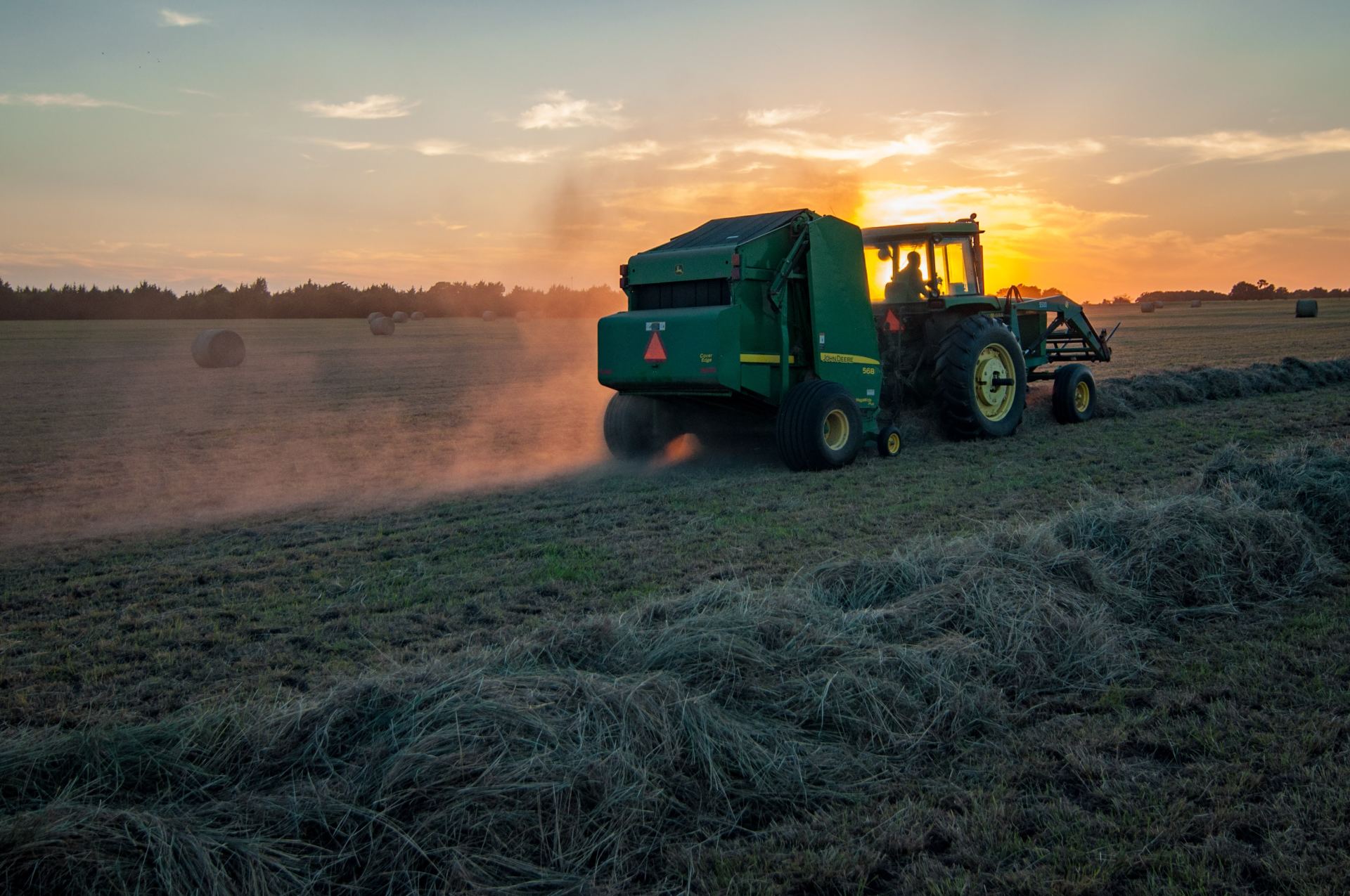1MG FlippingBooks
National agribusiness confidence rises even in the face of tough conditions
Despite challenging conditions across most of Australia, new survey results show that the confidence levels of Australian agribusinesses have jumped in the first quarter of 2019.
The National Australia Bank (NAB) has released the second Agribusiness Banker Survey , which reveals that improved seasonal conditions in Queensland and continued positivity in Western Australia have seen national agribusiness confidence rise by 20 index points.
One in five NAB agribusiness bankers view weather conditions as having the greatest impact on customer confidence, with considerable rainfall in Queensland leading to a surge in the state’s confidence indicator and severe drought conditions in NSW conversely dampening confidence.
“Seasonal conditions remain a key driver of survey results, with the impact of prolonged drought in NSW clearly impacting conditions there,” says Neil Findlay, NAB Agribusiness Customer Executive.
“This confidence has a direct correlation with our capital expenditure outlook, with Queensland returning the most optimistic projections for agribusiness capital expenditure in the short term, while Victoria’s outlook remains the weakest.”
Other significant influences on customer confidence include government policy and regulation, margin pressure and interest rates.
Overall conditions are strongest in the wool, fisheries and horticulture industries. NAB agribusiness bankers have identified their strongest performing customers as wool, mixed cropping, livestock, lamb and mutton producers.
“The strong run of wool prices and strength in the sheep meat market have helped producers in those sectors,” Mr Findlay says.
However, conditions are weakest in the dairy sector, where high input costs continue to create challenges for producers.
“Dairy remains one of the weakest performers, but we are optimistic that improved export milk prices may boost confidence and conditions in the dairy sector this year,” Mr Findlay says.
Agricultural land prices are also predicted to increase over the next year, with a 0-5 per cent increase expected by most agribusiness bankers. This prediction outpaces house price expectations over the same period.

















